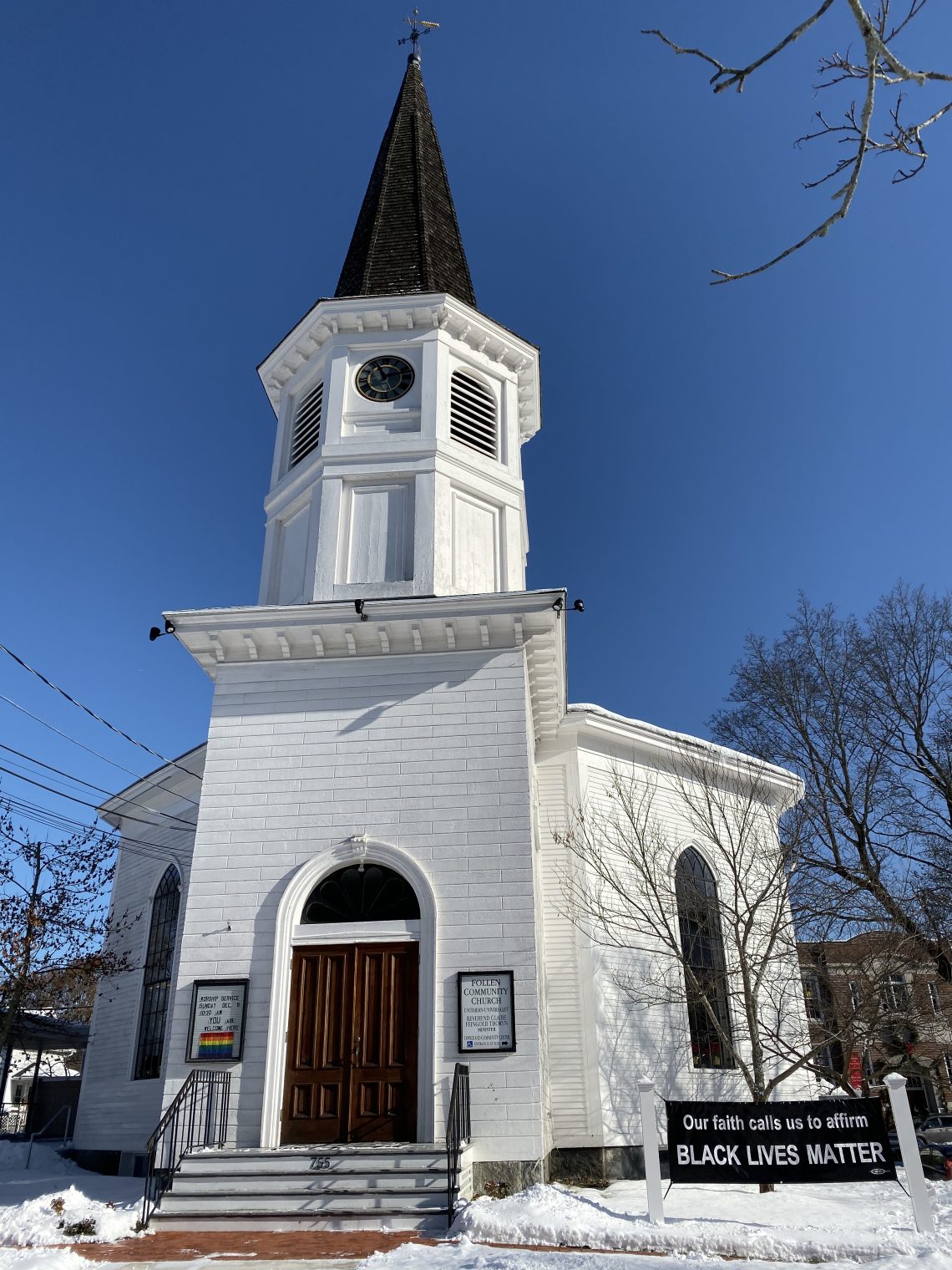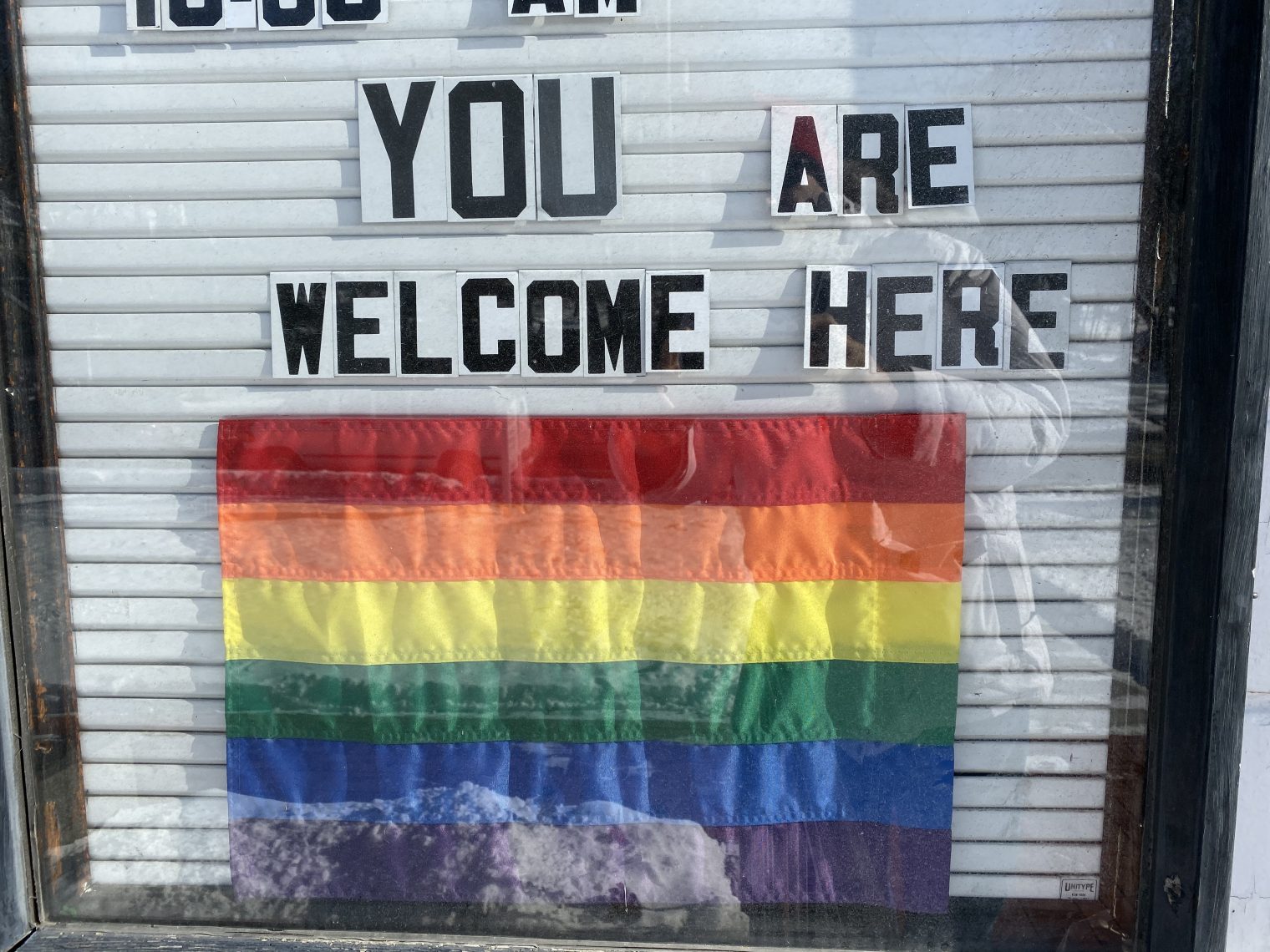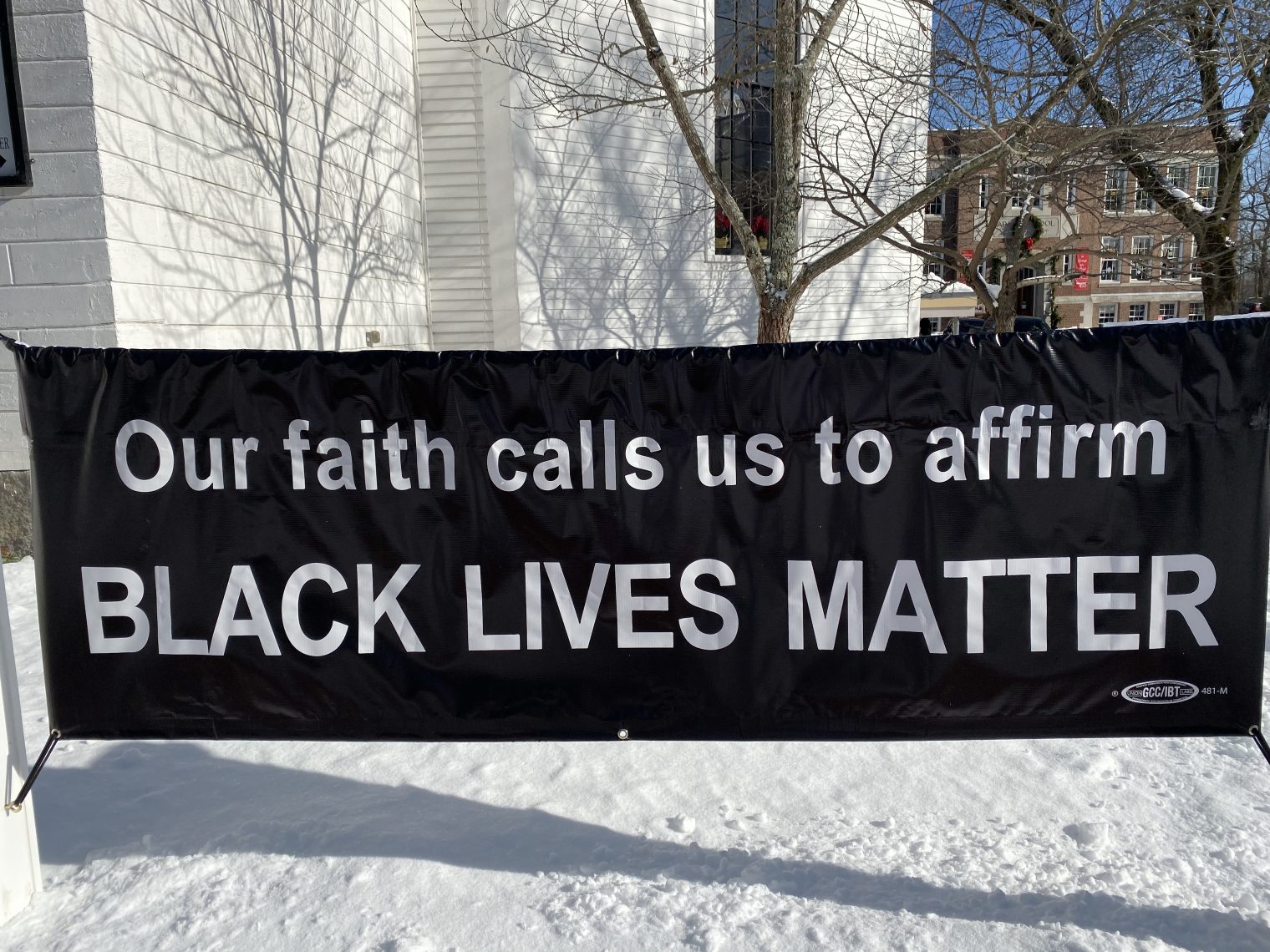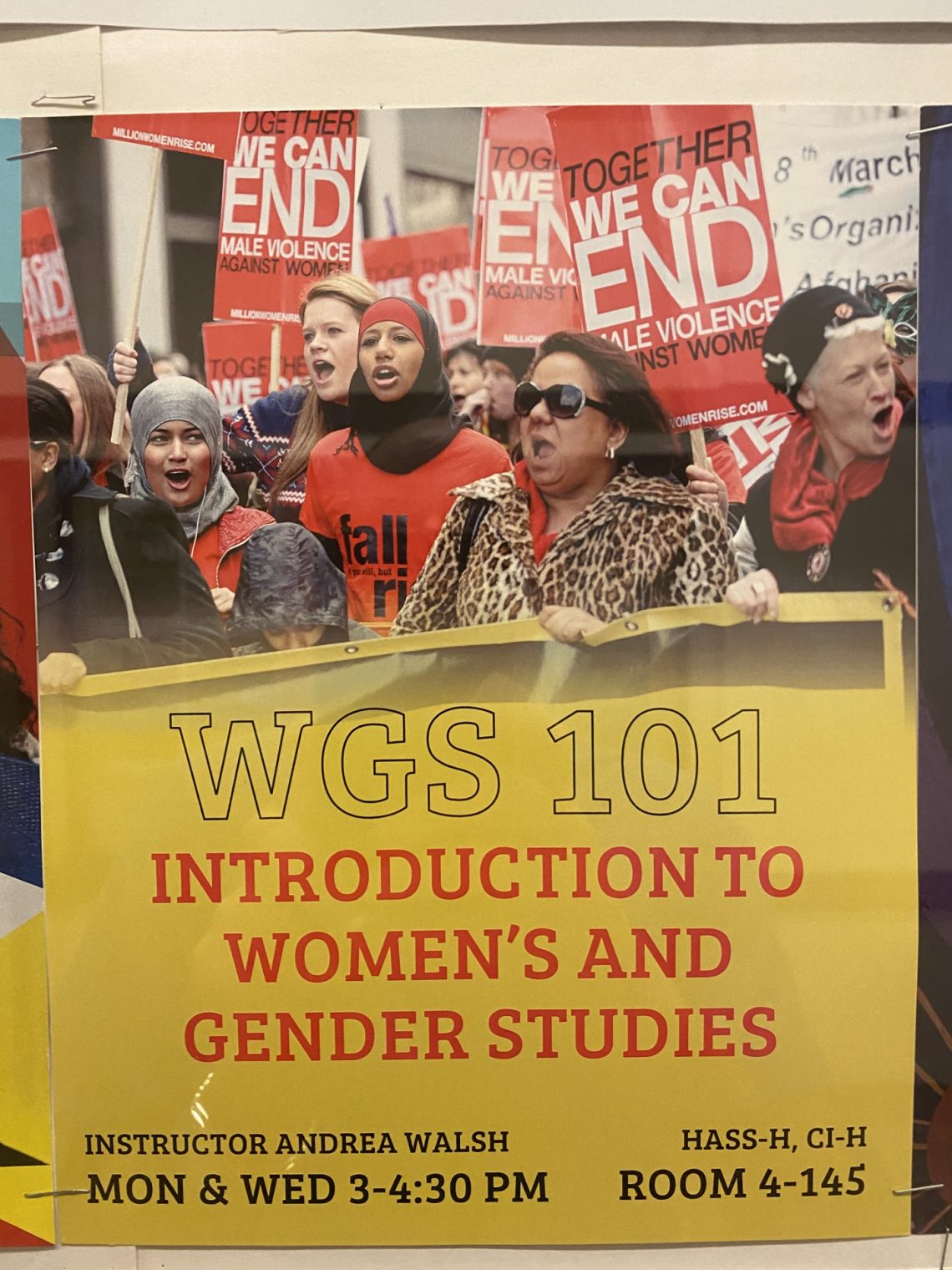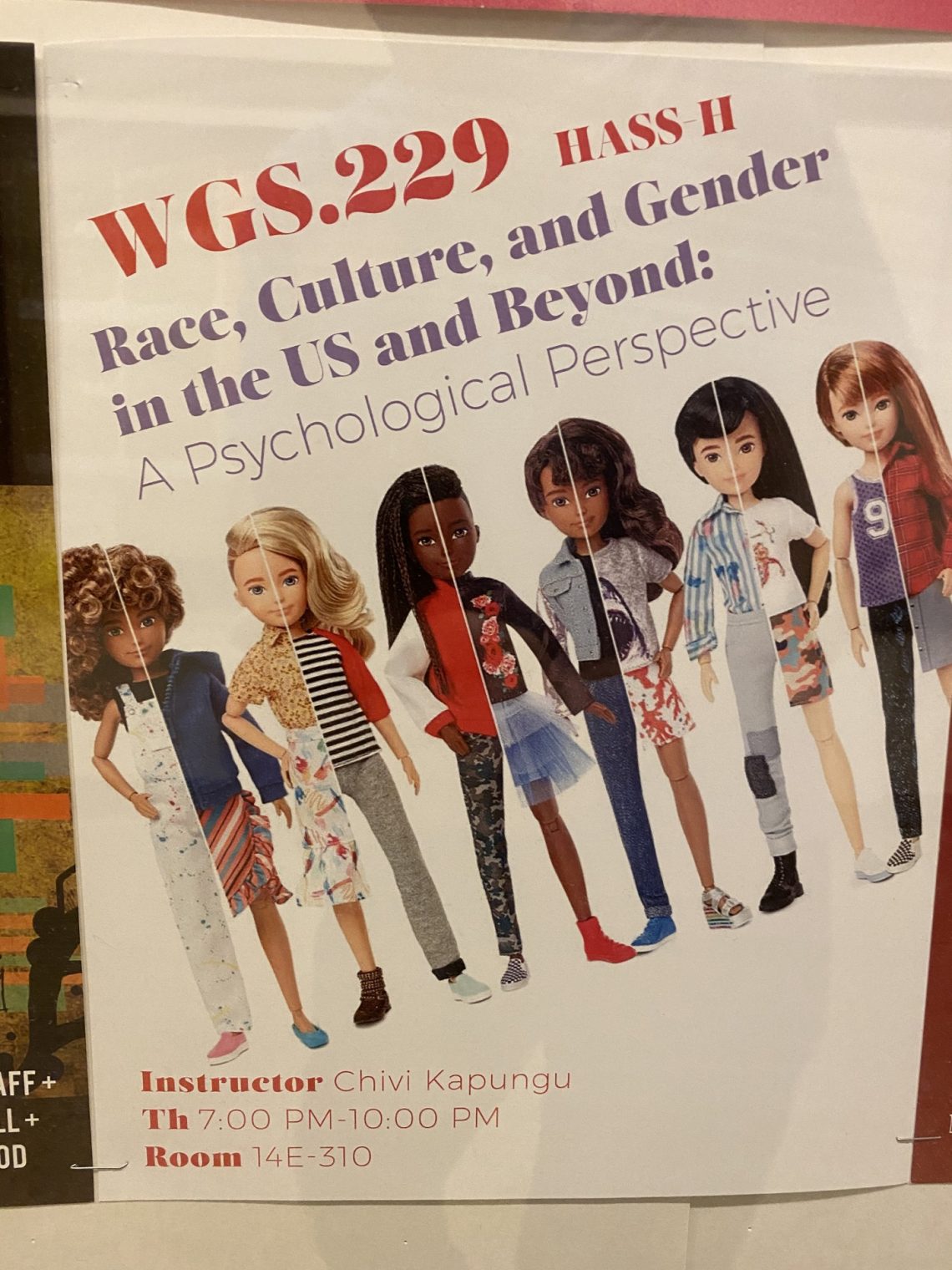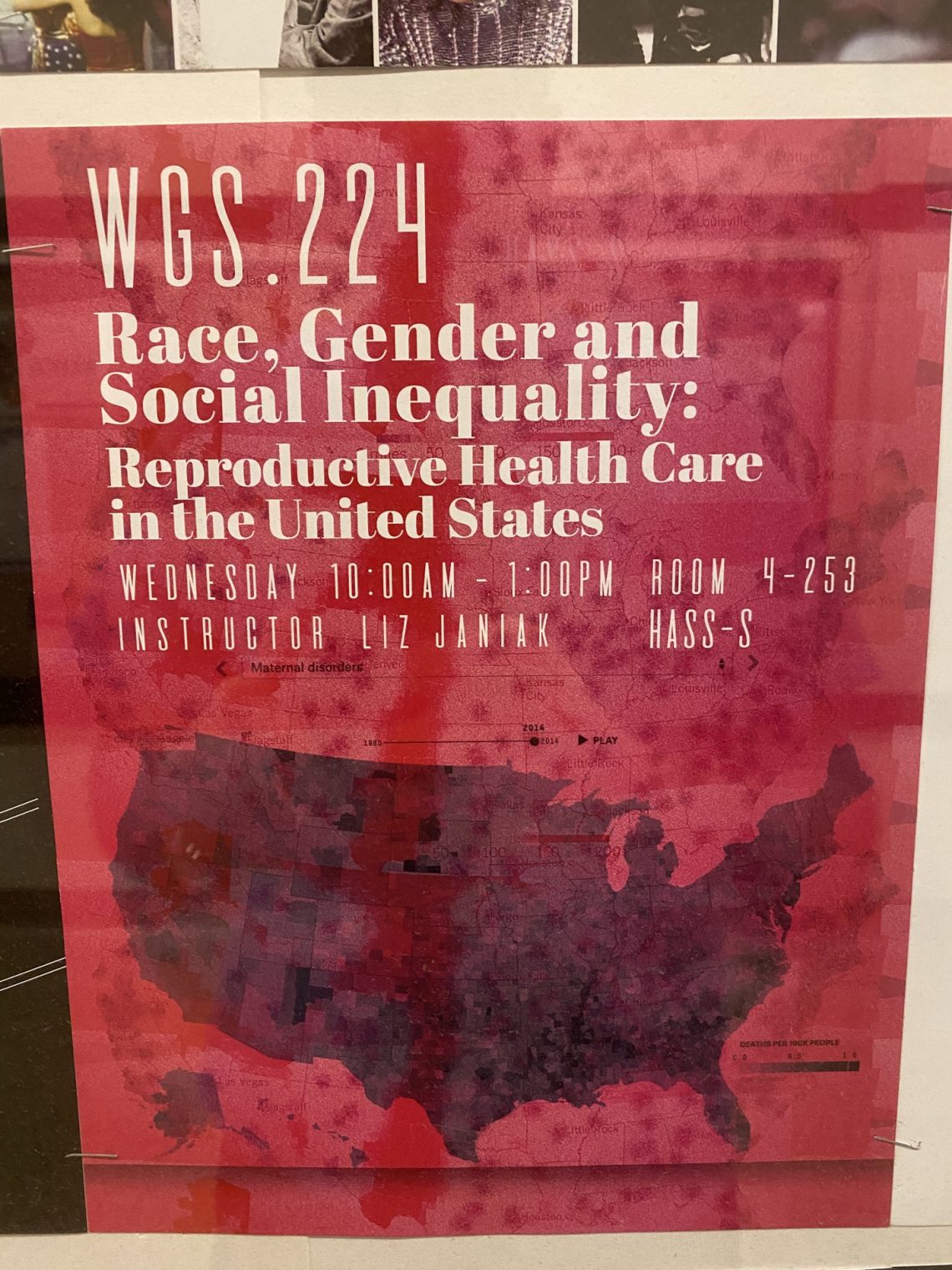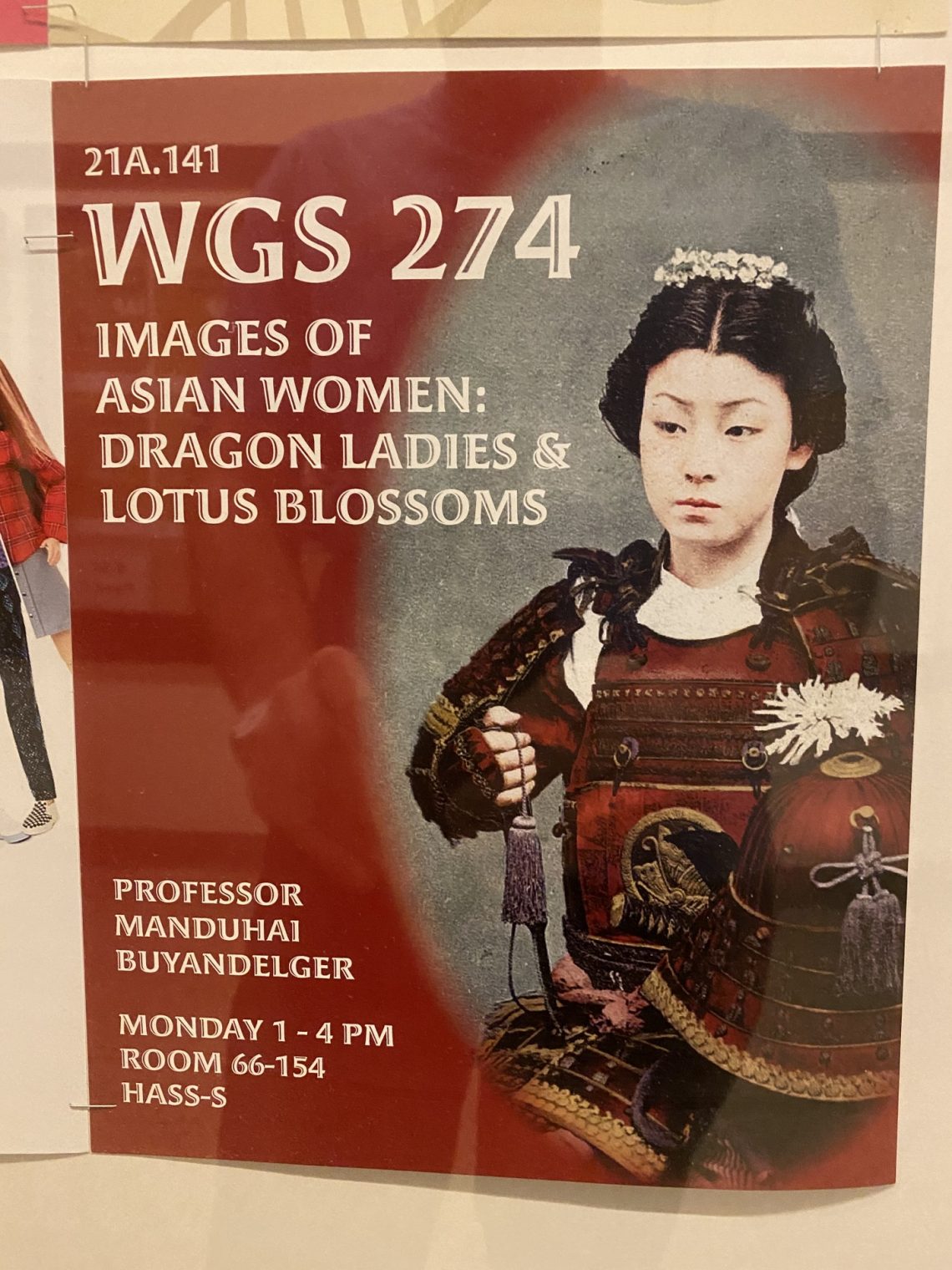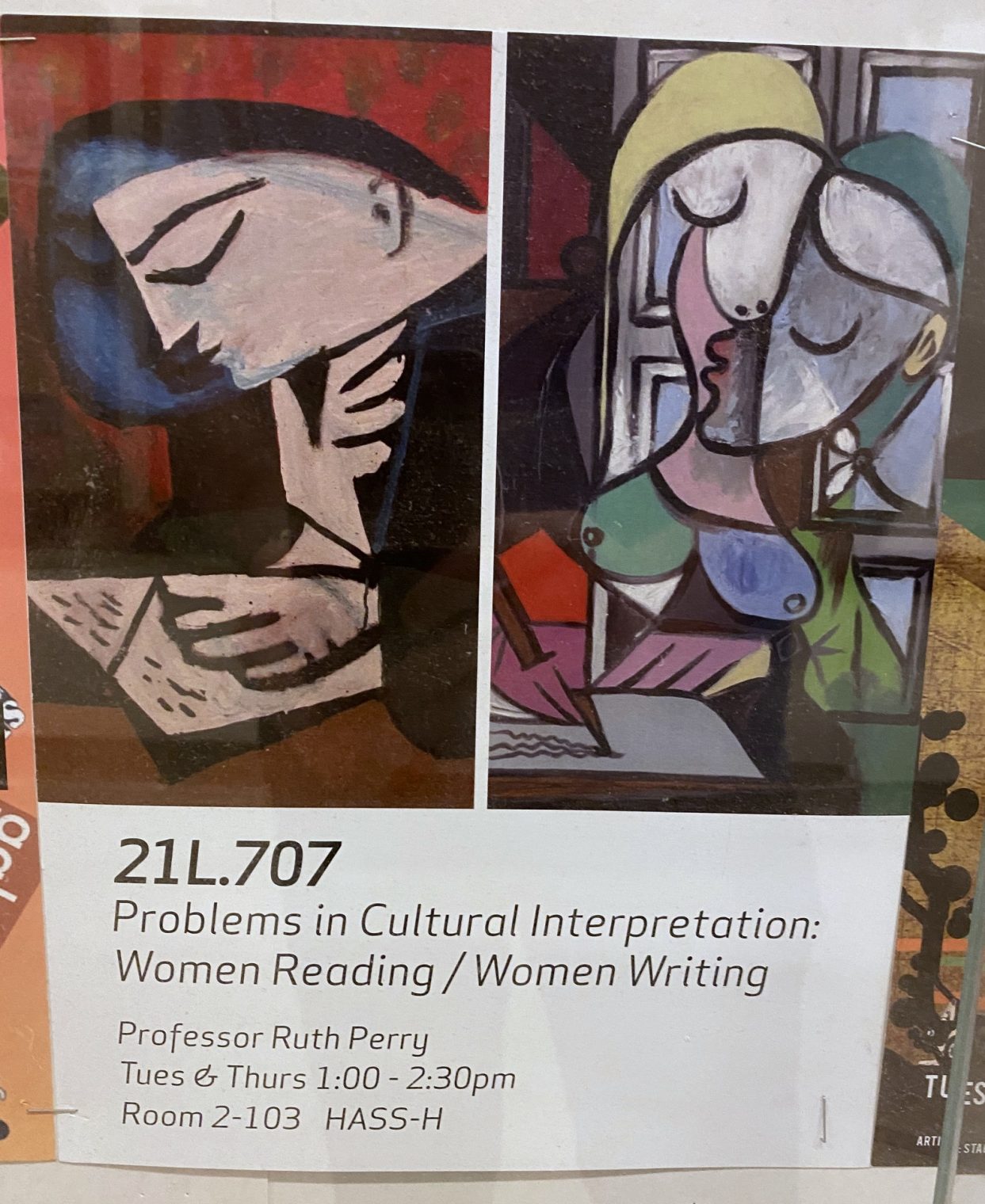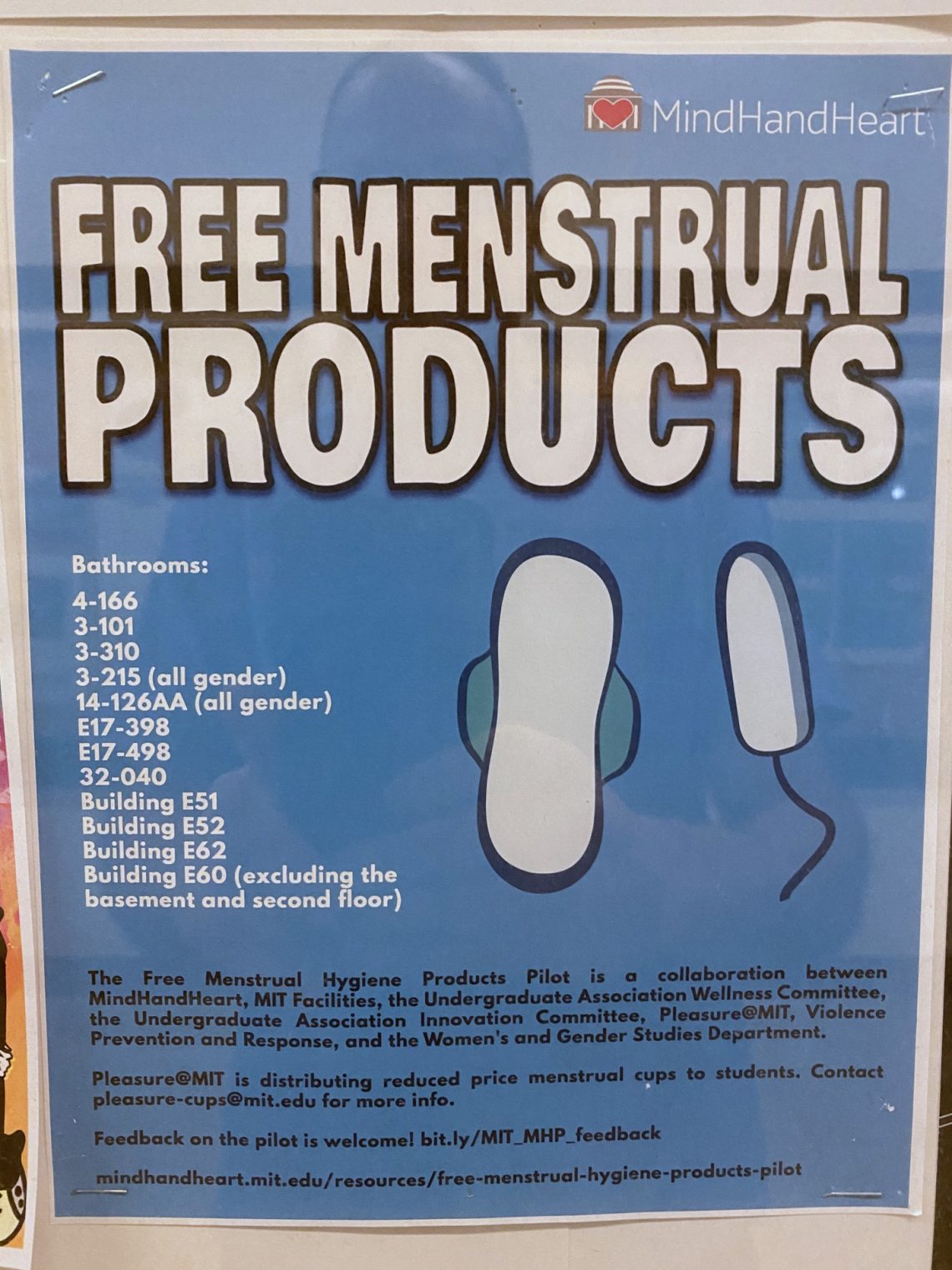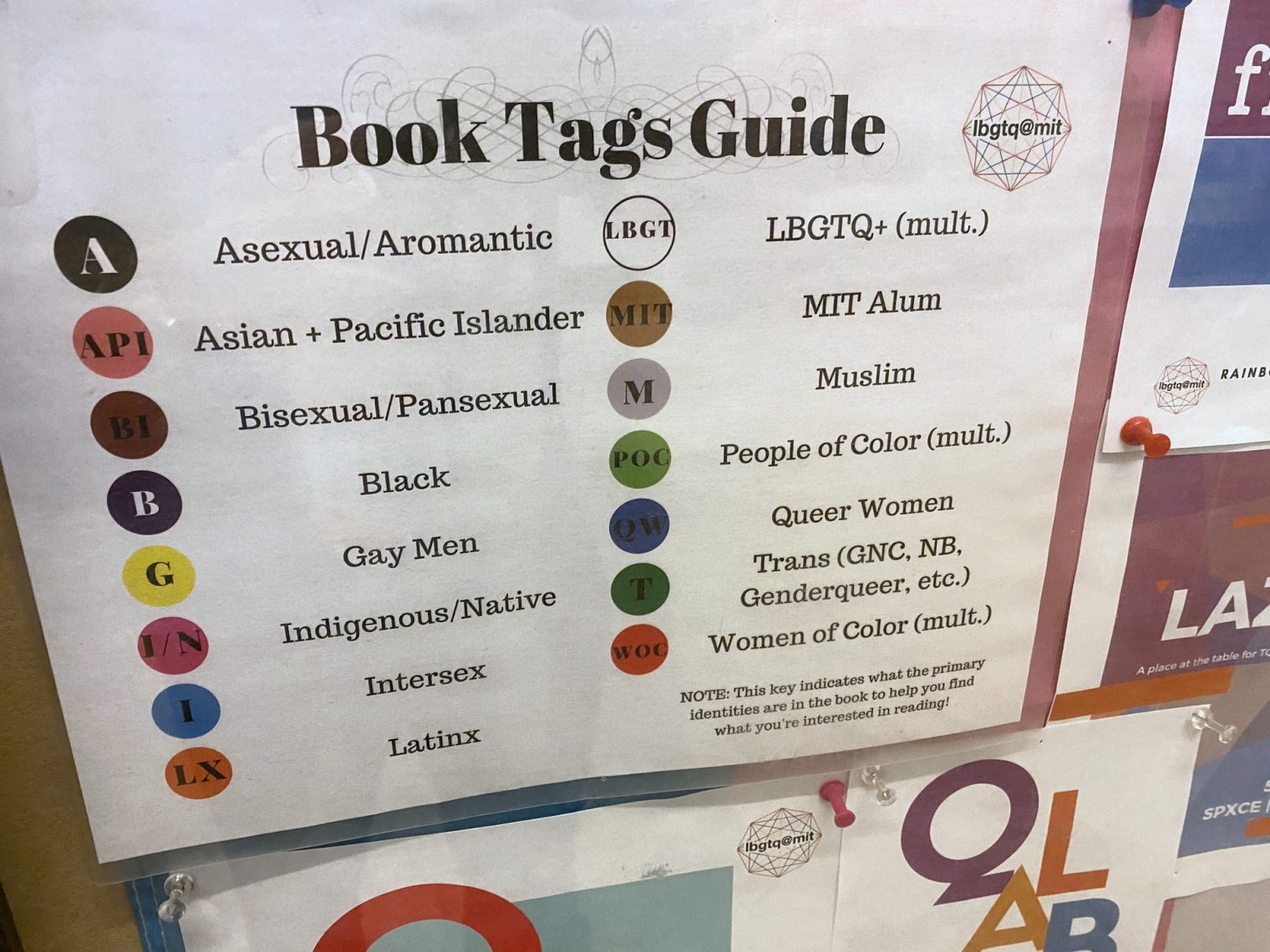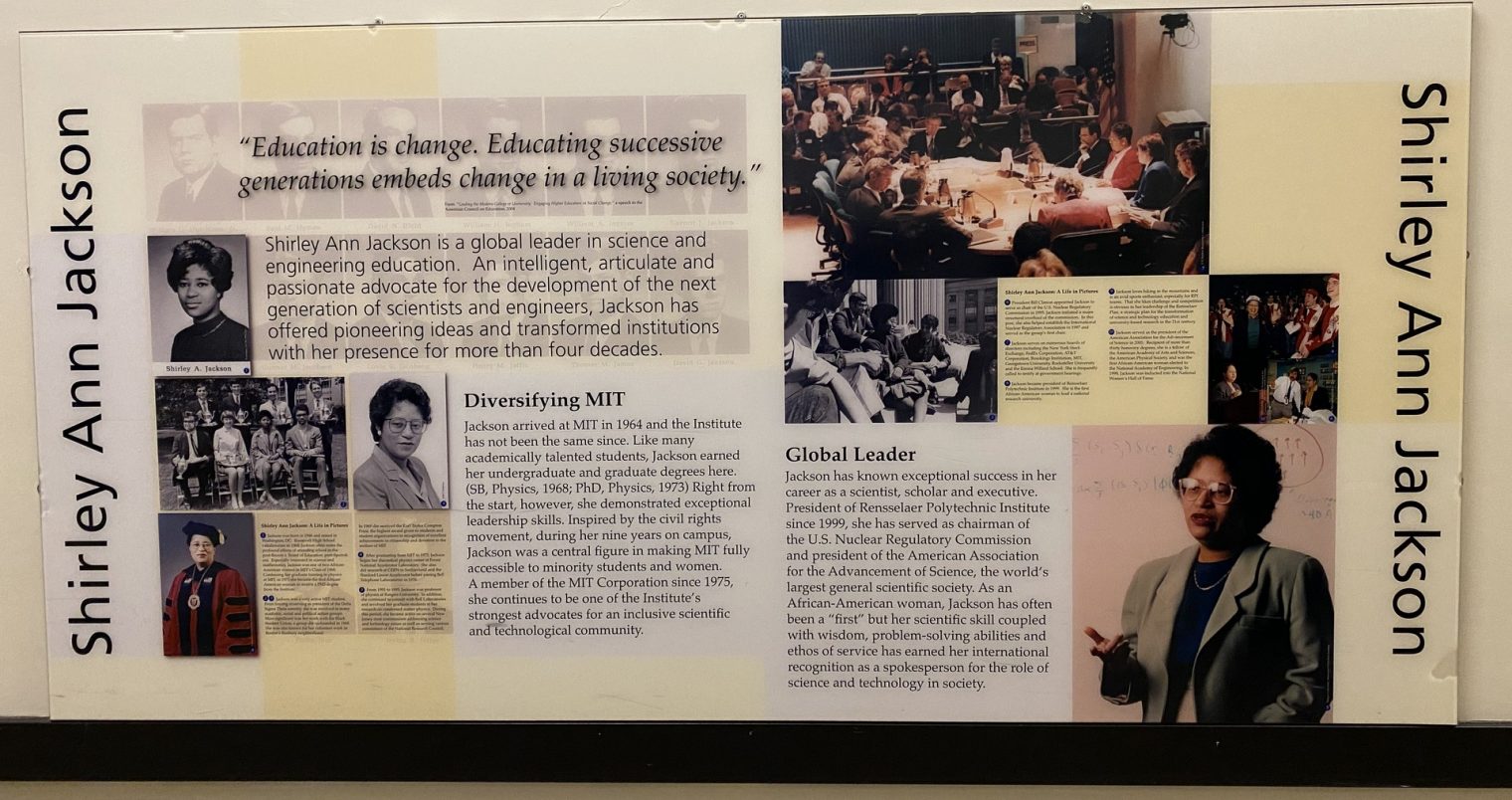If All Lives Have Equal Value, why does Bill Gates support shutting down the U.S. economy?
The Gates Foundation‘s main message is “All Lives Have Equal Value” (secondary message: send $billions in Microsoft profits over to Africa without it ever being taxed!).
Bill Gates is a righteous opponent of Donald Trump’s hopes to reopen the U.S. economy. From The Hill:
Asked about suggestions being floated in the U.S. about relaxing social distancing measures to avoid severe economic damage, Gates said there is “no middle ground” between the virus and the cost to businesses.
Gates, who did not mention Trump in the interview, said that “it’s very irresponsible for somebody to suggest that we can have the best of both worlds.”
Are these positions consistent? If some of the most pessimistic epidemiologists are correct, shutting down the U.S. economy might save a few hundred thousand American lives. For this to be true, the virus has to thrive in hot/humid weather, the Army Corps of Engineers has to be incompetent at setting up field hospitals, all drug therapy attempts have to fail, etc. But maybe all of those worst-case assumptions will be correct.
For every saved American, though, aren’t we guaranteed to cause more than one death in a poor country? The U.S. is 15 percent of the world economy. Our shutdown is going to make us poorer so we’ll buy less from the world’s poorest countries. People in those poorest of countries who were at a subsistence standard of living in 2019 are going to be without sufficient funds for food, shelter, and medicine in 2020. Even citizens of medium-income countries, e.g., those who work in industries that are tied to trade with the U.S., might be unable to afford previously affordable life-saving medical interventions.
So if Bill Gates actually believes that All Lives Have Equal Value, shouldn’t he be saying “keep the the U.S. economy open, sweep up any dead bodies, and keep buying stuff from countries where they desperately need the cash”?
[Update, 4/9: I have supplied this post to friends on Facebook who are most zealous regarding “saving lives” via a U.S. economic shutdown. Although in pre-plague times these same people were generally huge advocates for “thinking globally” and advocating for the vulnerable anywhere on Earth, they are hostile and confused when told that their shutdown might be an inconvenience or worse for someone in another country. It has proven to be an interesting window into the logic of the American Righteous. Planet Earth is exquisitely interconnected such that bringing a reusable shopping bag to the Columbus Circle Whole Foods will stop global warming and thus keep the seas from inundating Jakarta. On the other hand, we can stop trading with a country where people are living on $2/day and there will be no adverse consequences for those people.]
Related:
- Preston curve (Wikipedia): the poorer the country, the shorter the life (effect is dramatically larger for poor countries)
- “For life expectancy, money matters” (Harvard Gazette) says that we might not need to look at poor countries to find a counterbalancing burden of shutdown-related mortality. “The only thing [life expectancy] seems to be correlated with is how educated and affluent the area is” (i.e., by shutting down schools that will result in young people having less education and by shutting down the economy that will result in the country having less affluence, life expectancy for Americans without serious COVID-19 problems will fall)
- The Empirical Relationship Between Lifetime Earnings and Mortality (Congressional Budget Office, 2007)
- “Global economic downturn linked with at least 260,000 excess cancer deaths” (Harvard School of Public Health): even in rich countries, an economic slowdown will kill a ton of people via disease
- “Researchers Link Deaths to Social Ills” (New York Times, 2011): For 2000, the study attributed 176,000 deaths to racial segregation and 133,000 to individual poverty. The numbers are substantial. For example, looking at direct causes of death, 119,000 people in the United States die from accidents each year, and 156,000 from lung cancer. … “In some ways,” Dr. Galea added, “the question is not ‘Why should we think of poverty as a cause of death?’ but rather ‘Why should we not think of poverty as a cause of death?’ ”
- “Global Lockdowns Resulting In ‘Horrifying Surge’ In Domestic Violence, U.N. Warns” (NPR): survive coronavirus, but be killed by a family member? (on the plus side, family court judges might be more willing to accept uncorroborated tales of domestic violence set during the lockdown)
- “‘Instead of Coronavirus, the Hunger Will Kill Us.’ A Global Food Crisis Looms.” (nytimes, April 22)
- “The COVID-19 shutdown will cost Americans millions of years of life” (The Hill, May 25)

